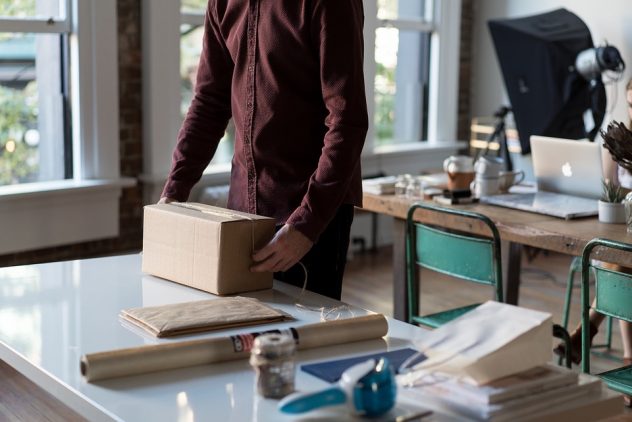The retail industry is always evolving with new technologies and superior methods to help retailers attract and retain customers. These new ways of doing things have affected the entire retail value chain.
Every year there are new trends which become popular amongst retailers and consumers around the world. The retailer’s main aim is to keep their customers so happy that they will be reluctant to move to competitors, which is why retailers have to keep up with current trends to stay ahead of the curve. The consumer’s main aim is to be able to purchase products without any hassle and to receive them as soon as possible, at a good price. Retailers stand to make huge profits by making the shopping experience as seamless and convenient as possible for consumers.
The following are some noteworthy trends in the retail industry in 2017.
Same-Day Delivery
Customers no longer have the patience to wait for deliveries to arrive within 3-5 working days. They now regard ‘fast delivery’ as being between 1-2 days at the most. If a competitor is offering same-day delivery and you’re not, then it’s likely consumers will choose them over you. This is the reason more and more retailers are offering affordable speedy delivery to their customers. For example, Tesco in the UK has recently rolled out same day delivery and has reported an 18% increase in demand for doing so. A report has shown that since 2010 the share of online retailers who offer same-day delivery in the UK has grown from 4% to 10% which just shows how big of a demand it has become.
Selling Through Social Media
Retailers are stepping out of their comfort zone from using their physical and online stores to sell and are now using social media platforms such as Snapchat, Instagram and Facebook to sell their products. With reportedly 158 million people using Snapchat every day it is the perfect platform for retailers to advertise their products.
Instagram followed suit and created Stories which allows users to record and share videos which then result in a slideshow. More than 250 million people use it every day so it’s no wonder that retailers have taken the opportunity to use both platforms. Instagram has also introduced a ‘Shop Now’ button which retailers can use on their photos so customers can be linked straight to their website to purchase the product in the picture. This increases the chance of customers making impulse purchases as they scroll through pictures on the app.
The Growth of The Small Store
Well-known retailers such as Sephora, Macy’s, IKEA and Target are now closing down their large stores to open up smaller ones. There are many reasons behind this, including the fact that customers no longer want to spend the time searching through a large department store for products. These days, they want to be able to find what they’re looking for straight away so that they can get on with their day.
Also, the fact that large department stores are usually located on the outskirts of cities and towns make them less convenient to get to. Which is why these retailers decided to open up smaller stores which can be located in main shopping areas. Sephora recently opened up their smallest store yet, which is less than half the size of their regular stores. They plan on opening more small stores as they want to give their customers a personalised experience with high tech components for makeovers.
In-Store Personalisation
In-store personalisation is almost becoming essential for retailers as they try to merge their online stores with their brick and mortar stores. The use of iBeacons is one of the most popular ways in which retailers are currently engaging with their customers in-store. When the customer is near a beacon, a personalised message can be sent to their phone offering them specific targeted offers and information.
Apple was the one who brought iBeacons to life and was, of course, the first to bring beacons into their stores throughout the US. They use the technology to send relevant notifications to customers regarding many different things, such as eligibility for iPhone upgrades and order and repair completions. Urban Outfitters is another retailer who has introduced beacons to their stores in the US. They integrate their app with the beacons to offer customers who are part of their loyalty programme rewards and access to events.
Mobile Payment Solutions
Paying by card and cash is so last year! Consumers now use their smartphones to make purchases in stores by using the likes of Apple Pay, Android Pay and Samsung Pay. No awkward change or typing in your PIN, a tap of your phone, or even your Watch and you’re done! It’s no wonder that more and more consumers are opting for it.
Workforce Management Systems
You knew we weren’t going to finish this post without mentioning ourselves, but it’s true: big retailers are realising that having a happy and well-managed crew on the shop floor leads to happier customers who want to spend more time (and more money!) in their stores. Using a system like Bizimply to streamline scheduling and communication with your employees can pay huge dividends. Check out some of our customer case studies to see how we have impacted their businesses for the better.

















